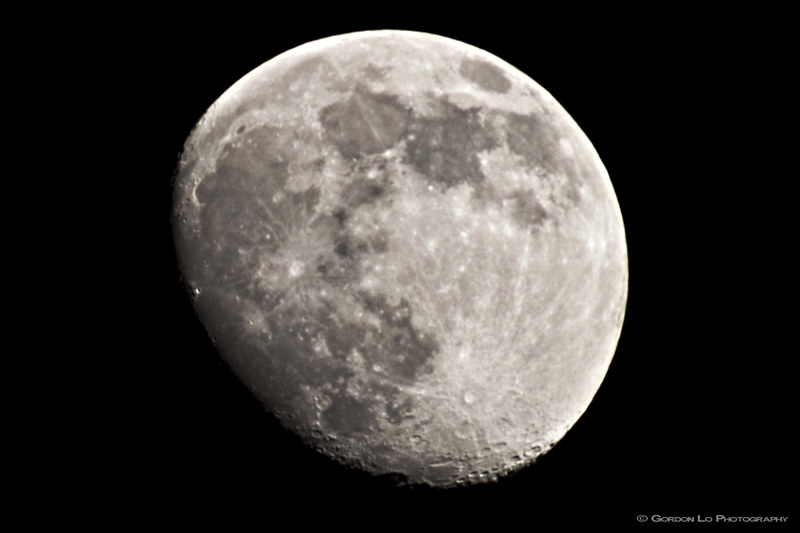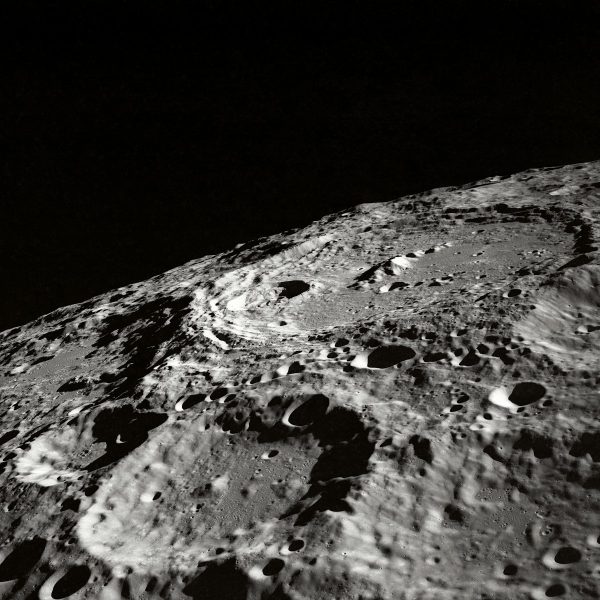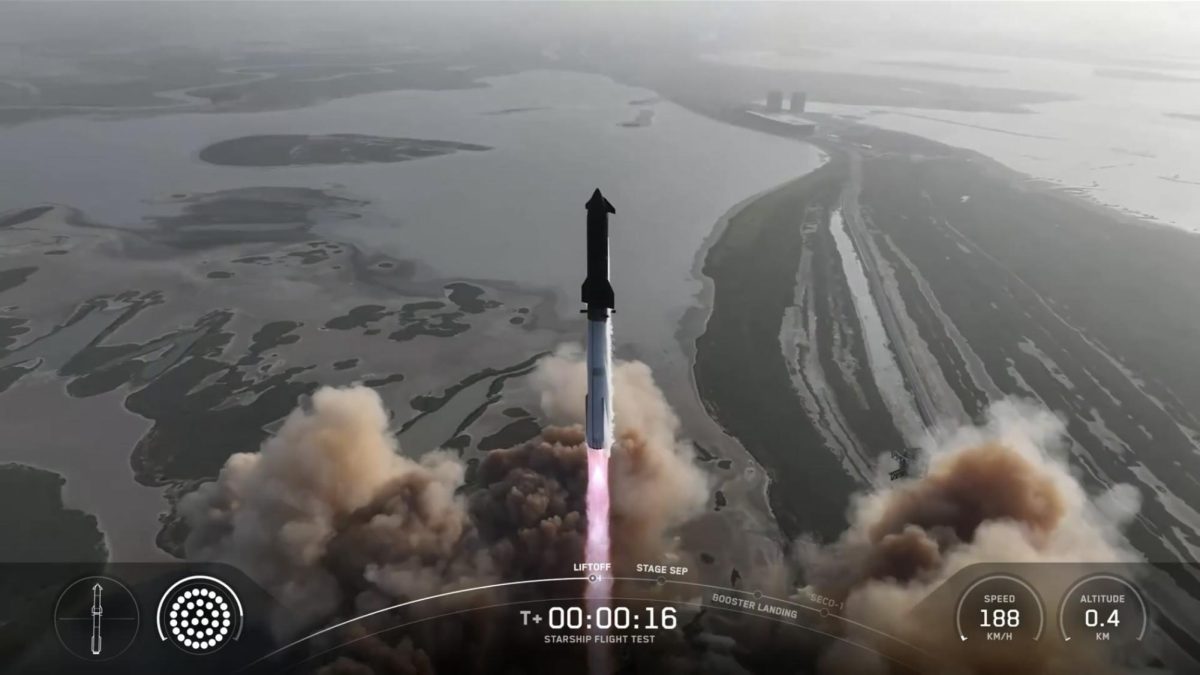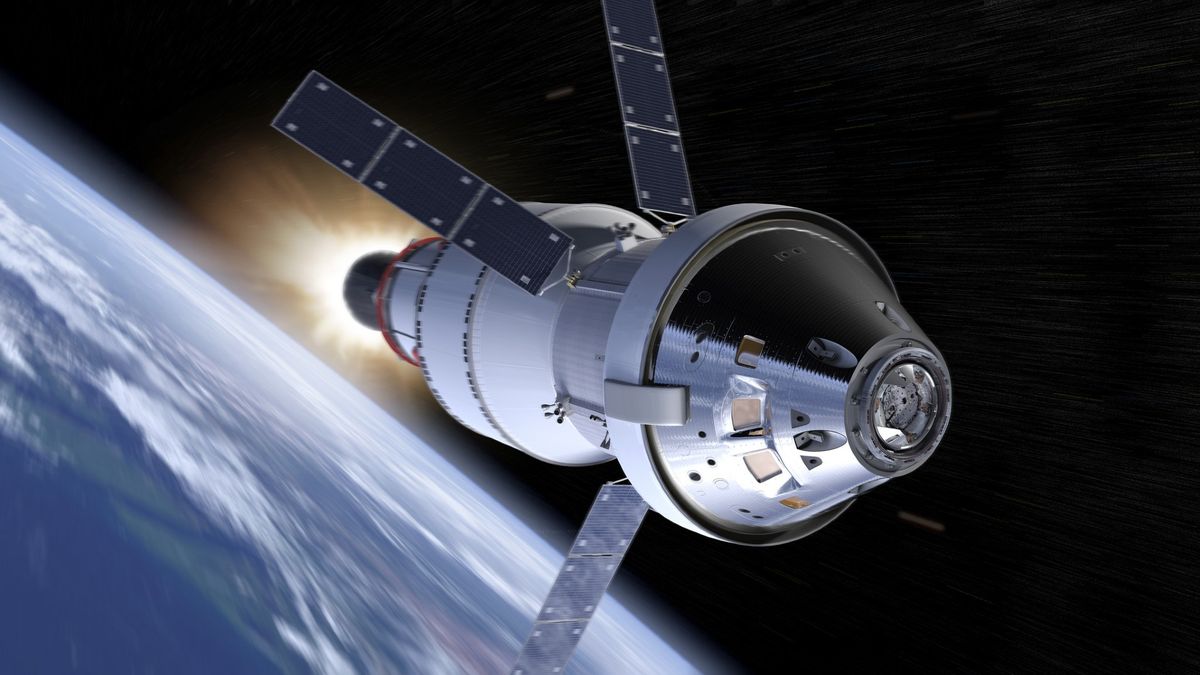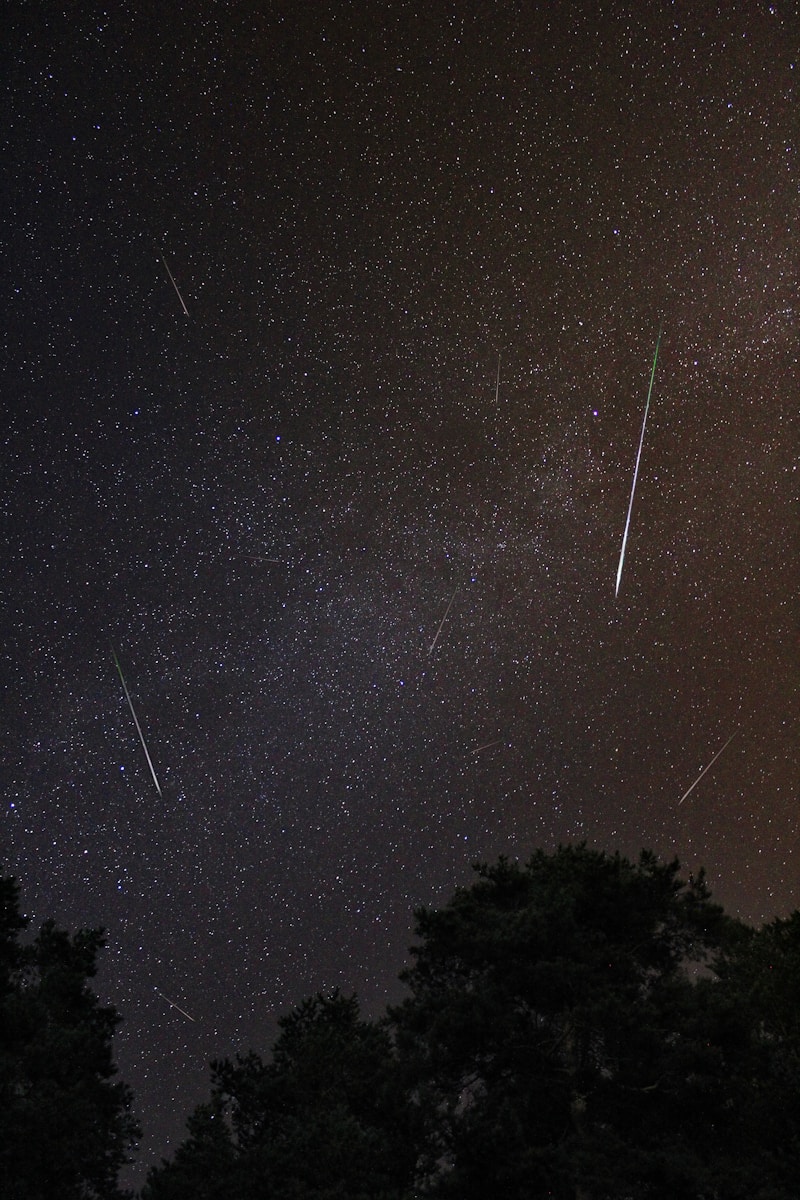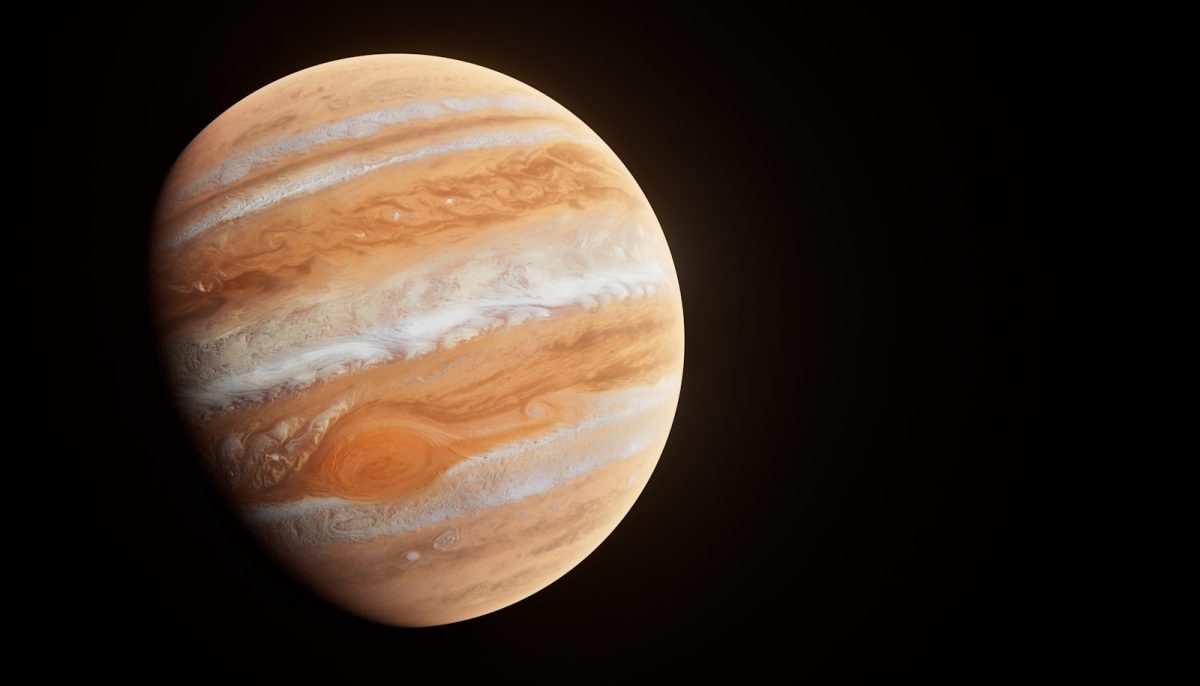When the moon was created from a collision with Earth, Debris from the collision look to be stuck in the Earths mantle.
Approximately 4.5 billion years ago, many scientists believe that a Mars-sized object collided with the early Earth, ejecting debris that eventually formed the moon. Some remnants of this object, known as Theia, are thought to still exist today as significant amounts of dense material located above Earth’s core, as proposed by researchers in a study published in Nature on November 1. In recent times, geophysicists have identified large regions of rock at the base of Earth’s mantle, where seismic waves move at slower speeds than usual, indicating that the rock in these areas is denser than the surrounding mantle rock. One of these regions, referred to as large low-velocity provinces, is situated beneath Africa, while the other is located beneath the Pacific Ocean on the opposite side of the world, according to Qian Yuan, a planetary geodynamicist at Caltech.
Some scientists have proposed that these formations are the remains of tectonic plates that were pushed beneath others and then descended to the boundary between Earth’s outer core and the mantle above. However, Yuan and his team present a different explanation. The moon is only a fraction of Earth’s mass, leaving a significant portion of Theia unexplained. Through computer simulations, the researchers traced the aftermath of a collision between early Earth and another object about one-tenth its size. Each object had a dense iron core surrounded by a lighter rock
mantle. The bodies were divided into particles for tracking post-collision fragments. The simulations, involving around 100 million particles, indicate that a substantial portion of Theia’s core, equivalent to 3% of Earth’s current mass, merged with Earth’s core after the impact. Additionally, a significant amount of Theia’s mantle, up to 5% of Earth’s mass, became integrated into the uppermost 1,400 kilometers of Earth’s mantle.
The low-velocity provinces may have been created by a collision with Theia, and it is possible that they have remained intact for almost 4.5 billion years since the moon’s formation, according to Tackley. If the materials in these areas are dense enough to resist mixing with the surrounding mantle as it moves slowly over them, they could endure over long periods of time. The leading theory for the moon’s formation is the “giant impact hypothesis,” which suggests a collision between Earth and a protoplanet. This collision could explain the slight chemical differences between moon rocks and Earth’s. Additionally, some scientists propose that the collision between the early Earth and Theia not only formed the moon but also potentially initiated plate tectonics.
Related Stories:
https://curator.jsc.nasa.gov/lunar/
https://www.science.org/content/article/ancient-earth-rock-found-moon
Take Action:
Rock from the impact that formed the moon may linger in Earth’s mantle
